Part Analysis
| General Data | |
| Manufacturer (OEM) | Cooler Master |
| Platform | MPS-D001-AFAP |
| PCB Type | Double-Sided (Four-layer board) |
| Primary Side | |
| Transient Filter | 2x Y caps, 1x X caps, 2x CM chokes, 1x MOV |
| Inrush Protection | 1x NTC Thermistor SCK20100 (10 Ohm @25°C) & Relay |
| Rectifier MOSFETs |
4x Infineon IPT60R040S7 (600V, 13A @ 140°C, Rds(on): 0.040Ohm)
|
| APFC MOSFETs |
2x Infineon IMW65R072M1H (650V, 18A @ 100°C, Rds(on): 0.094Ohm)
|
| APFC Driver |
Infineon 2EDN7524F
|
| APFC Boost Diode |
1x Infineon IDH10G65C6 (650V, 10A @ 140°C)
|
| Bulk Cap(s) |
2x Rubycon (450V, 600uF each or 1200uF combined, 2000h @ 105°C, MXE)
|
| Main Switchers |
4x Infineon IPP60R080P7 (650V, 23A @ 100°C, Rds(on): 0.080Ohm)
|
| Driver ICs |
2x Infineon 2ED21814S06J (650V, 31A @ 25°C, Rds(on): 0.07Ohm)
|
| APFC Controller |
Infineon ICE3PCS01G
|
| Resonant Controller |
Infineon ICE2HS01G
|
| Primary Side MCU |
NXP MC9S08SH8CWJ
|
| Topology |
Primary side: Bridgeless PFC, Full-Bridge & LLC converter
Secondary side: Synchronous Rectification & DC-DC converters |
| Secondary Side | |
| +12V MOSFETs | 12x Infineon ISC010N04NM6 (40V, 201A @ 100°C, Rds(on): 1.0mOhm) |
| 5V & 3.3V | DC-DC Converters: 6x Infineon ISC011N03L5S (30V, 100A @ 100°C, Rds(on): 1.1mOhm) PWM Controller(s): 1x |
| Filtering Capacitors | Electrolytic: 2x Rubycon (6-10,000 @ 105°C, ZLH) Polymer: 47x Nippon Chemi-Con |
| Supervisor IC | Weltrend WT7502R |
| Fan | Mobius 120 FA12025L12LPZ (120mm, 12V, 0.25A, Loop Dynamic Bearing Fan) |
| Secondary Side MCU | Silicon Labs C8051F380-GQ |
| 5VSB | |
| TVS Diode |
1x SMBJ150A
|
| Low Side Rectifier |
DK DK5V45R05M (45V, Rds(on): 5mOh)
|
| Standby PWM Controller | Infineon ICE5QR1680BG |
Like the 1100W model, part analysis on this platform was complicated because the massive heatsinks obscured most parts’ views. Removing the beefy heatsinks without destroying the PCB or some sensitive parts is daunting, so we did everything we could without removing them. Thankfully, the PCB is large enough, providing enough space for airflow and for the interested reviewer to poke around and identify parts.
The platform’s design is clean and interesting, and the large heatsinks covering most parts are necessary to make the fan’s noise output as low as possible. Moreover, the secondary side is clear and only has a pair of electrolytic capacitors, leaving ripple filtering to polymer caps tolerant to high operating temperatures. With so few electrolytic caps, I wonder if the 12V rail’s performance will be good enough. In the 1100W model, it wasn’t that good. Still, the PSU passed the demanding ATX v3.1 transient response tests. However, this one has 200W more, meaning it must cope with 400W higher transient loads than the 1100W model.
Cooler Master paid particular attention to the cooling of the PFC’s choke and the main transformer since inductor core saturation depends on the operating temperature. You don’t want any of these two to saturate since the inductance will be significantly reduced when this happens, and the ability to suppress the current is lost. In other words, when an inductor is saturated, it doesn’t behave as an inductor but as a small resistor because of the conductor’s resistance, and this can create a fatal short-circuit, which will blow the FETs before the inductor.
The build and soldering quality are impeccable, and Cooler Master’s PSU production line seems top-notch. A bridgeless PFC converter, a full bridge topology, and an LLC resonant converter are used on the primary side. A synchronous scheme is used on the secondary side, and two DC-DC converters generate the minor rails.
A weird thing in this PSU is that although it has two MCUs, which could handle the entire primary side and a part of the secondary side, still analog controllers are utilized to control the APFC, the main and the 12V FETs, and the minor rails. Typically, the digital controllers should control the APFC converter, the main, and 12V FETs, but they could also handle the FETs regulating the minor rails. Still, special firmware is required for this, and it seems CM is not ready yet to provide this firmware. So, unfortunately, the MCUs are only used for communicating purposes between the PSU and the system and for sensor readings. The PSU’s cost could come down if the MCUs were omitted from the moment the PSU’s vital functions rely on analog controllers. Hopefully, CM will improve this design and get rid of the analog controllers instead, further improving performance and lowering the production cost.
At the PCB’s solder side, all FETs regulating the 12V rail are cooled down by the PSU’s chassis, which lacks the heatpipes that the 1100W passive unit has. From the moment there is active cooling, CM thought there is no need for it. I wonder, if the heatpipes were there, how much lower the overall noise could go!

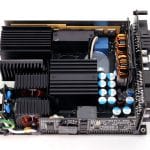
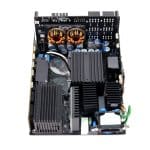
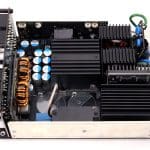
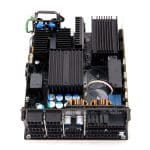
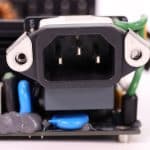
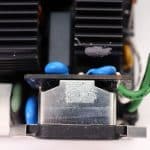
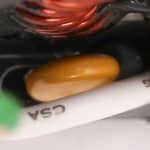

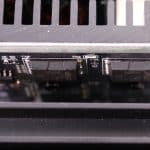
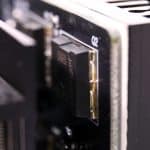

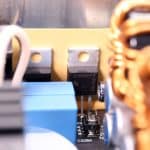
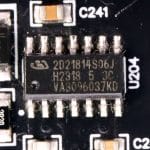
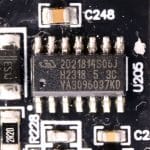
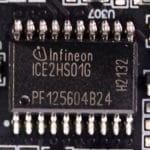


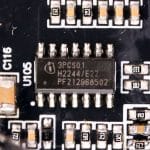
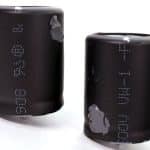
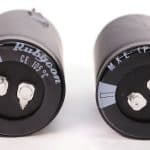
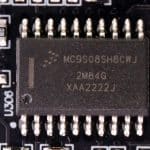
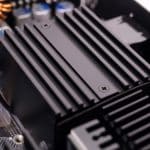
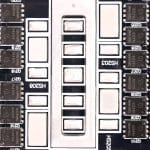
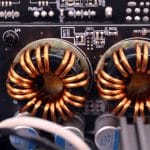
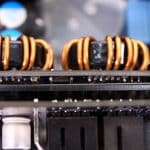
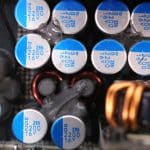
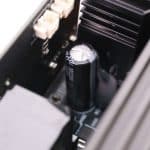
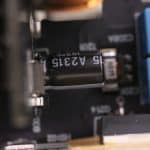
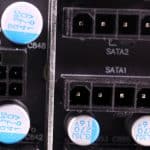

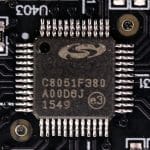
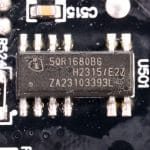
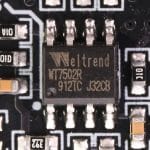

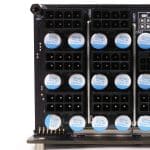
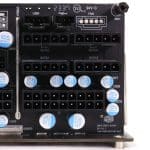
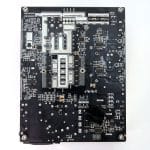
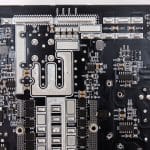
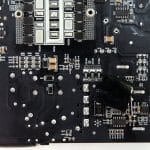
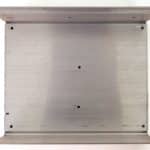

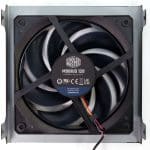
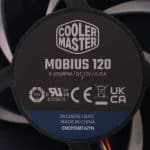

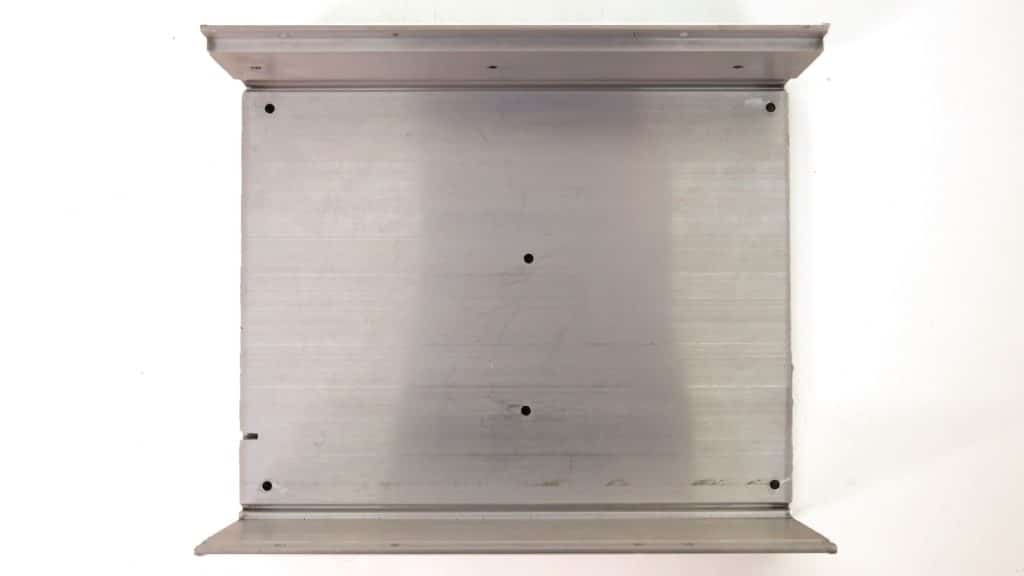

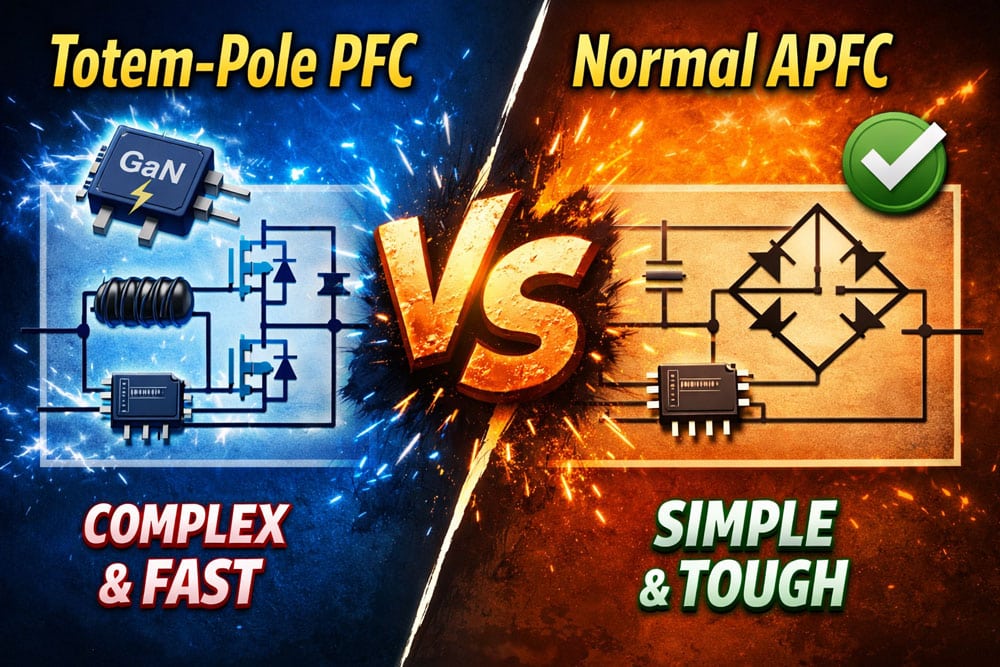
Thank you for the review and the hard work!
What about their 12V-2×6 connector they claim to bring more reliability, higher electrical durability, improved safety…
Marketing or real added value here?
I didn’t notice anything crazy/weird during the review. Only in the long run can such claims be proven (or not).
“A lower ripple at 12V under full load would be highly welcome, but I want a better transient response on this rail at high loads. To achieve this, more capacitance is required, and polymer caps don’t cut it there, so you need to use electrolytic ones, which are not as tolerant to high temperatures. Given that CM wants to keep the fan’s speed low, this could lead to problems. This is a design challenge that CM’s engineers have to handle.”
Why does CM have to do this? Perhaps you should demand that the standards be more strict, as this unit meets them, correct? If the transient response fails the standard then I can understand the demand. Otherwise, it’s an aspiration until some other company comes out with a PSU that is this quiet with this high a wattage.
I don’t agree with the warranty criticism. It is stated definitively without proof:
“Such a long warranty period will eventually create problems for both the brand and consumers”
Will? How about “might”? It’s actually refreshing to see a company stand behind their product. 15 years is not an unreasonable lifespan for a PSU.
The price of $459 MSRP (inc. VAT) is just too much for most PC builders; at least the Cooler Master X Silent MAX Platinum 1300 has a 6% deviation in 200% load ATX v3.1 transient response tests. Unfortunately, the transient response is not good at 120/160/180% load tests, and the ripple suppression is not very impressive on the 12V rail (full/100% load), especially when considering the high price.
On the other hand, the XPG CyberCore II 1300 and Seasonic Prime TX-1300 are still the best-performing 1300W PSUs in the ATX v3.1 transient response test (200% load) on the 12V rail.
The problem with the Seasonic Prime TX-1300 (€ 425) is its ridicolous price in the EU when compared to the XPG CyberCore II 1300 (€ 230).
Not my choice for a 1300W PSU.
Silence costs money.
In this price range one can get a seasonic 1000-1300W model and never look back.
Disagree with Seasonic. In 2021-2022 i remember quiet a few articles on techpowerup, tom’s hardware, reddit etc about issues with their PSU (and bad warranty service). Be careful with these brands like Noctua promising eternity* We have seen recently Asus, EK…
Seasonic prime is the only power supply I’ve had problems with, first it would turn on occasionally then it even stopped turning on. And I’m not the only one. The CWT platforms are much more reliable
This coolermaster psu is an excellent unit. You would be silly to not give it a solid consideration when it comes time to purchase.
You’re kidding me for $459 MSRP?
Not affordable
Protection features need tuning for larger differences in the triggering points (12V OCP & OPP) between hot and cold conditions
12V rail’s transient response needs to get better in ATX v3.1 test scenarios
Efficiency needs boosting at light loads
The 3.3V rail needs tighter load regulation
Increased vampire power
Ideally, it should have an IEC C20 input/socket
Such an extended warranty period will eventually create problems for both the brand and consumers
It seems reasonable to me, considering how quiet it is and because the warranty is so long.
I’d rather pay more for quality versus less for something that won’t last as long and which increases noise pollution.